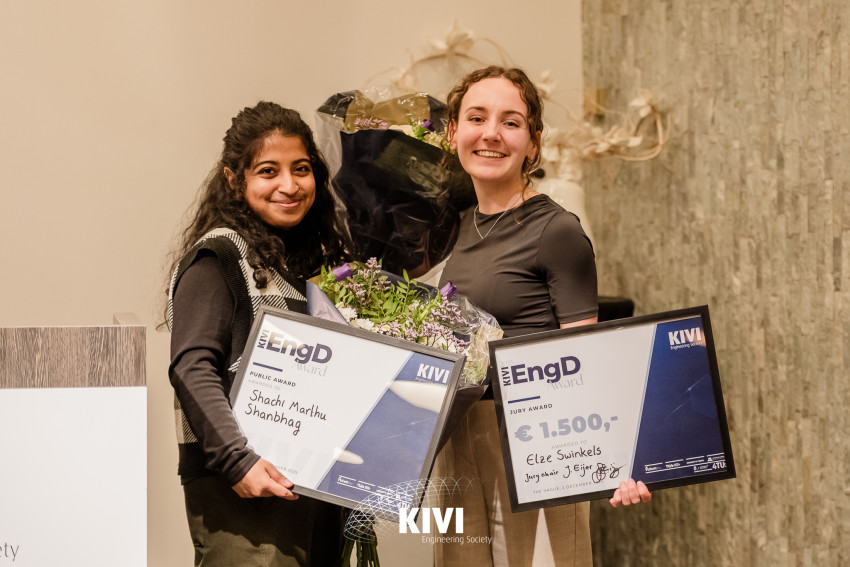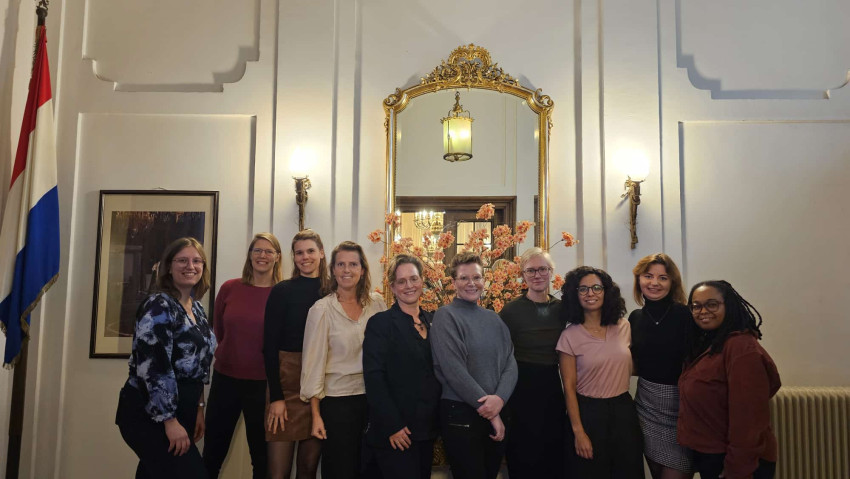
Remember Hisarna? (The non-blast furnace! THE FIRST INNOVATION IN STEEL-MAKING IN 2000 YEARS!! The future of the steel industry!!!) The press could not come up with enough superlatives. So what was it about? First the promises
Remember Hisarna? (The non-blast furnace! THE FIRST INNOVATION IN STEEL-MAKING IN 2000 YEARS!! The future of the steel industry!!!) The press could not come up with enough superlatives.
So what was it about? First the promises: no more need for the coke oven, nor the sinter plant and at least a 20% smaller carbon footprint. All this in an installation that is conceptually breathtaking in its simplicity: grind up all raw materials (ore, coal, and lime) into a powder and blow them with oxygen tangentially into a cyclone-like vessel. The ore and lime will melt instantly as the powdered coal burns to CO to provide the heat and reduce the iron oxide. One of the problems lies in the sheer size that is needed to answer the demands of the market.

To give an indication:
Consider the pilot plant on the grounds of the Tata steel mill in IJmuiden. This is not something that is carried by a forklift into the hall. This pilot needs weeks to bring it to a temperature of 1300°C and has to be pre-loaded with 50 tons of molten iron before experiments can even start. After a number of short term experiments (a few days or weeks) it is now the intention to run this pilot for 6 months by the end of this year, at a total cost of € 25 mln. When everything works out as expected a larger pilot (5-6 times as large as the present one) will be built to the tune of € 300 mln.
Again: when everything runs according to plan, Tata expects it to be possible to produce steel more sustainably in 10-15 years. By the way, this development started at Hoogovens, the forerunner of Tata, in 1986.


